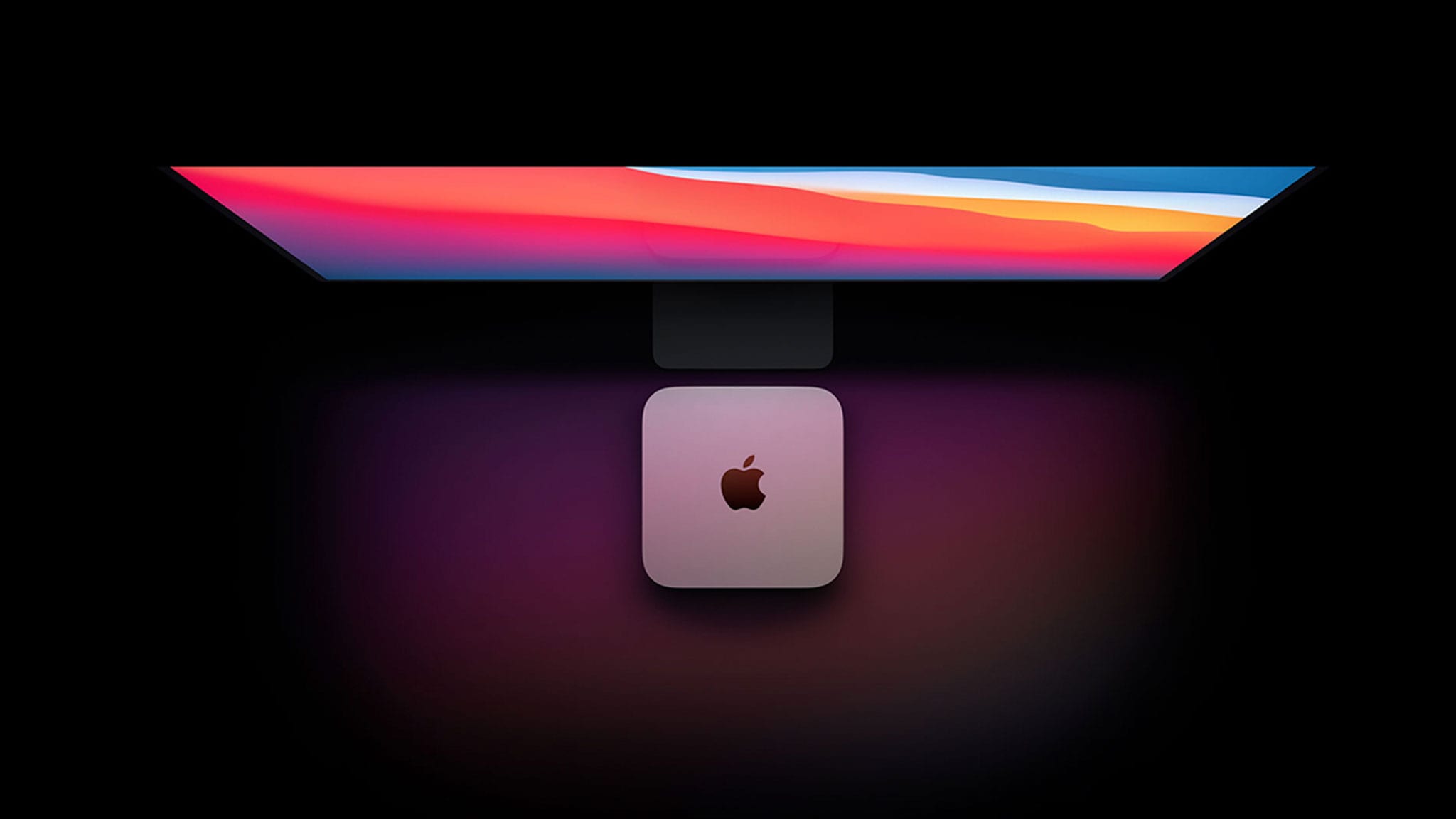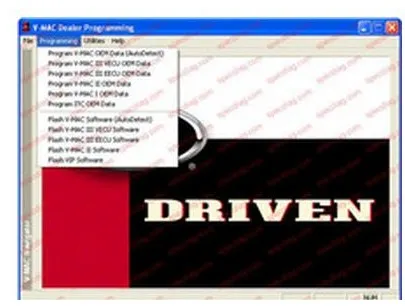
On the drive’s end, we prefer the still-common Micro-USB port, though the larger Mini-USB is fine too (optical drives with USB-C ports are rare to nonexistent). Connector and cable: Drives should use standard detachable USB cables so that a frayed or broken cable doesn’t ruin the entire drive.Noise: All optical drives make noise, but the drive shouldn’t drown out the movie or show you’re trying to watch.Price: A good DVD drive shouldn’t cost more than $40, and a good Blu-ray drive should cost around $100.But if you’re burning or ripping discs, the rate at which a drive can move data from your computer’s hard drive to the disc or vice versa becomes more important.

Speed: If all you’ll use your drive for is playing discs, just about any drive you buy will perform similarly.We didn’t require Blu-ray drives to support reading and writing to Ultra HD (or UHD, or 4K) Blu-ray discs, but we considered it a nice bonus if you didn’t have to pay much more for that feature. Read and write capability: DVD drives must read and write DVDs and CDs, and Blu-ray drives must read and write Blu-rays, DVDs, and CDs.Edit: sure enough, I tried it out on a different video.

Strangely I can't discern any difference in quality between the 1Mbps and 2Mbps versions, although that may be because the source file has horrendous quality. H265 VideoToolbox (2000 kbps, the default): 41.7 MB.This is what it's like for my intel MacBook: I'm getting nearly a higher value like had.

I'm not sure where you people are getting 17 MB for the hardware encode though. Currently I software encode at RF22 and I'm generally happy with the quality/size, but it's rather slow. The main reason I'm asking this is because I was wondering how much better my encodes would be if I eventually upgraded to an M-series Mac. I had no idea my MacBook Pro supported hardware acceleration.


 0 kommentar(er)
0 kommentar(er)
